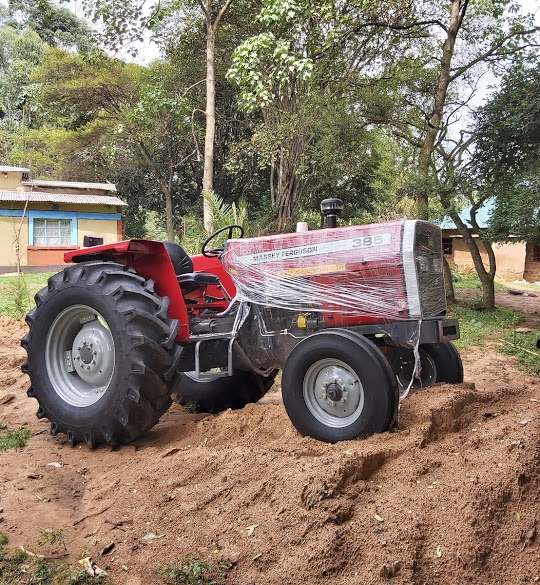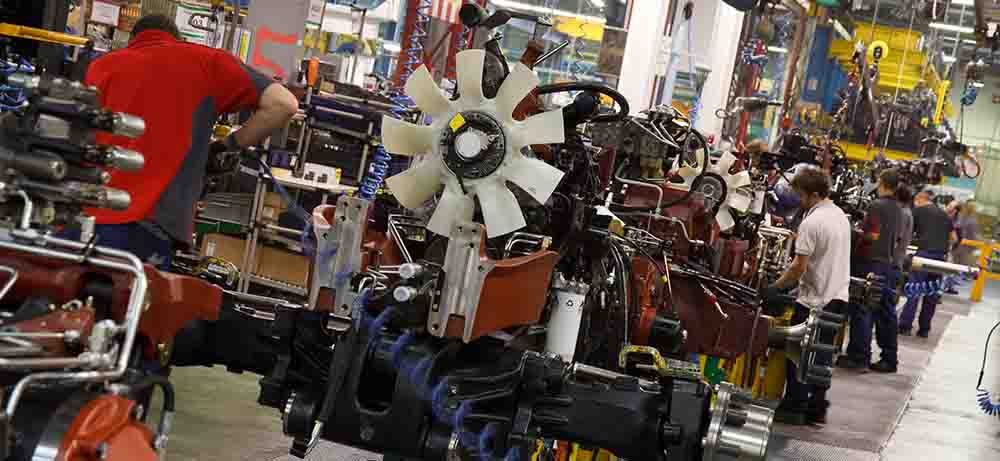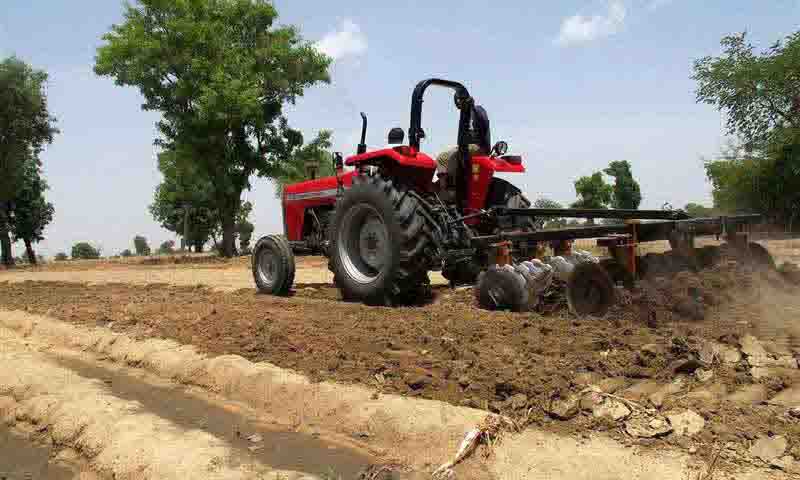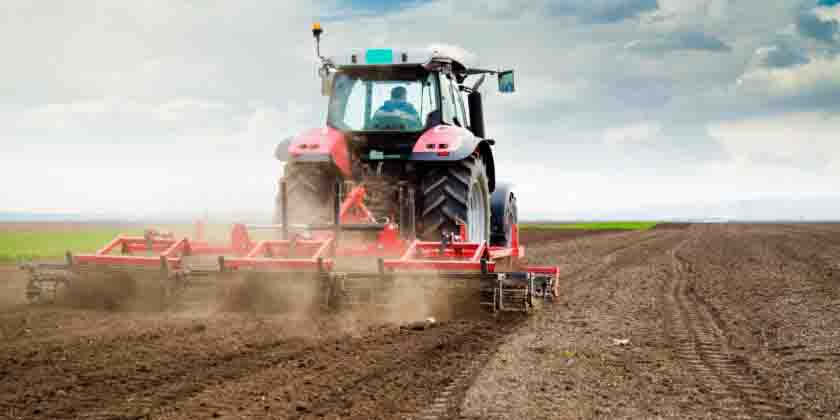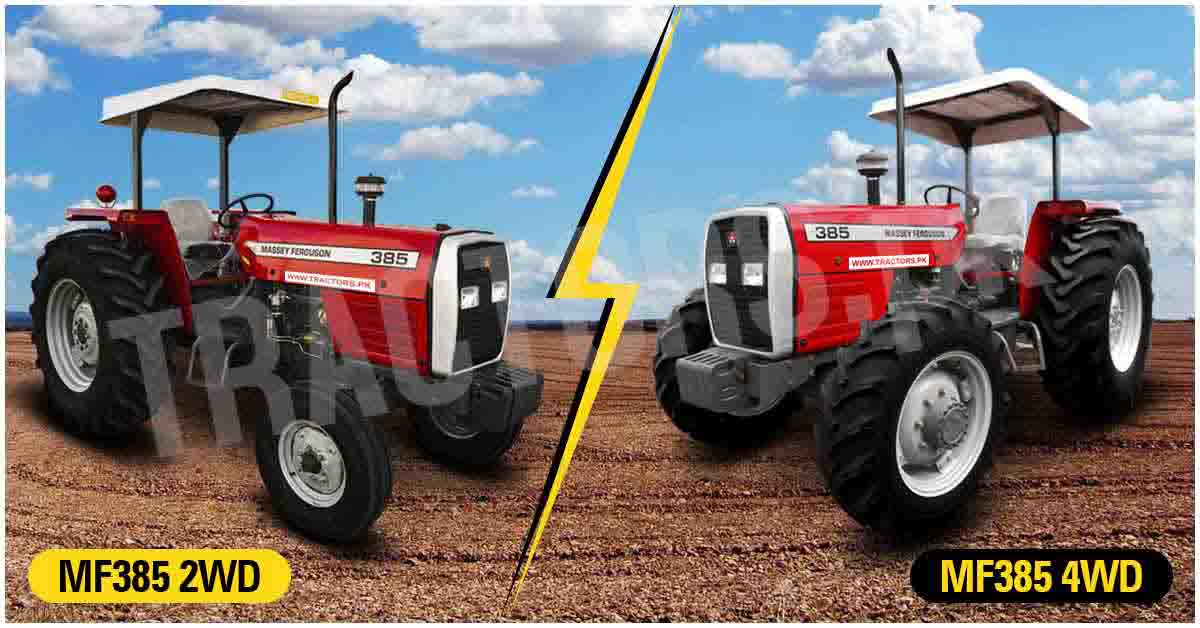Zambian people have always engaged in agriculture from time in memorial as a means of meeting their basic food needs, and gain an income. The Zambian agricultural sector comprises three major types of farmers namely the small-scale, medium, and largescale (Commercial Farmers) who are either involved in crop farming, livestock, or fisheries.
After Zambia got its Independence in 1964, farmers were encouraged to focus on maize as the major cash crop, even though other crops such as cotton, cashew nuts, groundnuts, beans, and soybeans are cultivated on a large scale.
During the 1980s, farming was not easy as farmers used simple tools such as hand hoes and axes. Axes were and still being used by small-scale and medium farmers to cut trees in readiness for cultivation using a hand hoe.


In the 1990s, Most of the Zambian farmers began shifting from the use of hand hoes for cultivation and started using oxen-drawn ox plough as it proved more cost-effective. This oxen-drawn system did not last long as the cows began dying due to cow diseases, as well as from fatigue


Tractors in Zambia and modern farming machinery are utilized by 5% of large-scale (commercial) farmers in Zambia according to reports done by FAO in 1996.

Mechanizing Farms while use of Tractors in Zambia
In 2002, the Government through different initiatives such as the Farmer Input Support Programme, known as FISP started encouraging Zambian farmers to increase their agricultural productivity under our first President David Kenneth Kaunda’s motto of “going back to the land”,. In order to achieve this directive farmers began mechanizing their farms through the use of tractors and other farming equipment.
Massey Ferguson Tractors in Zambia
This was not without its challenges, as most small-scale farmers could not afford the various imported brands of tractors in the market. Gradually, farmers saw a rise in imported tractors from Asian countries like Pakistan, predominantly the Massey Ferguson brand, sold by reputable companies such as Tractors PK; proved to be more efficient, affordable, simple to operate, low maintenance levels, and high availability in spare parts. As a result, the ‘Massey Ferguson‘ brand grew to be at the heart of Zambian Farmers and a household name.
